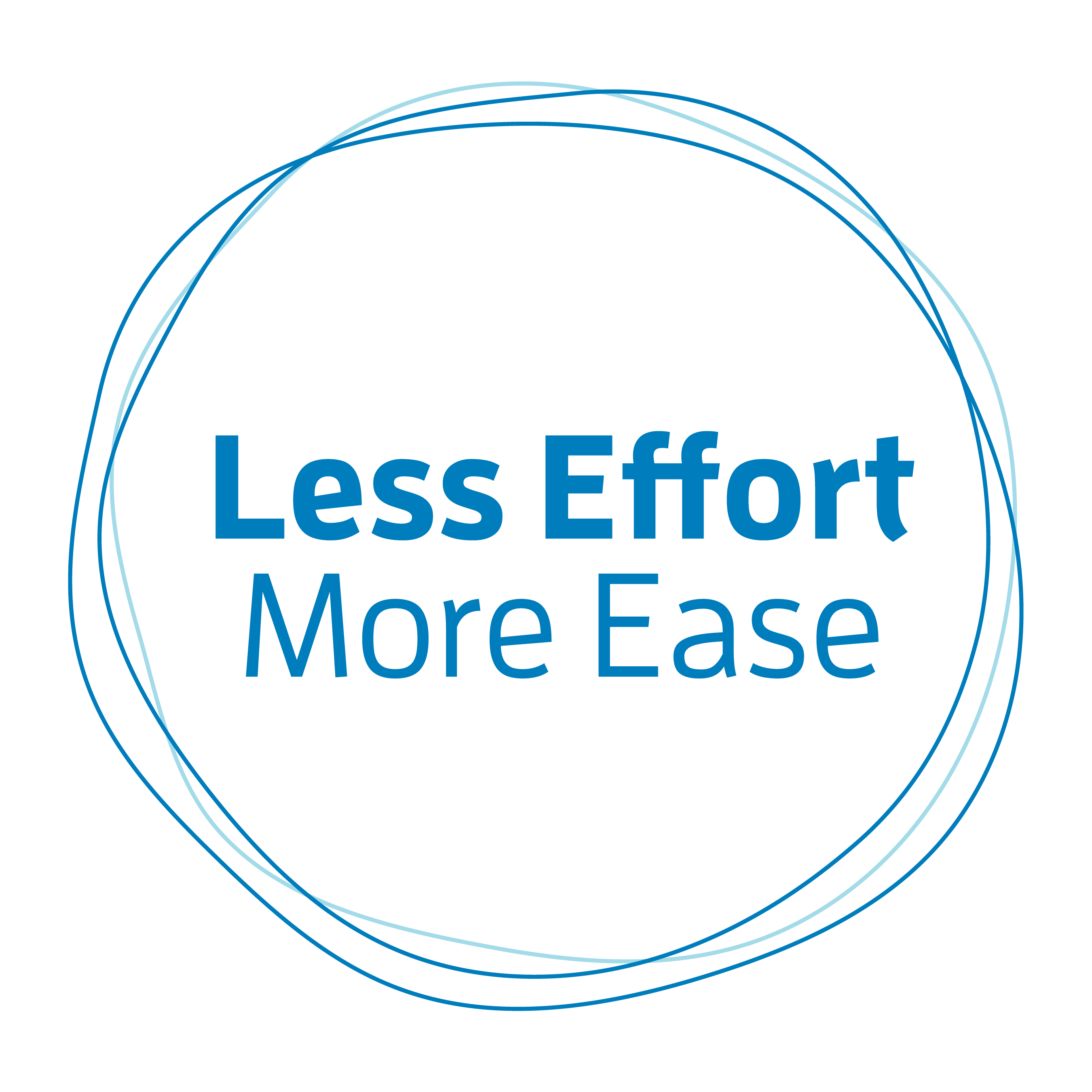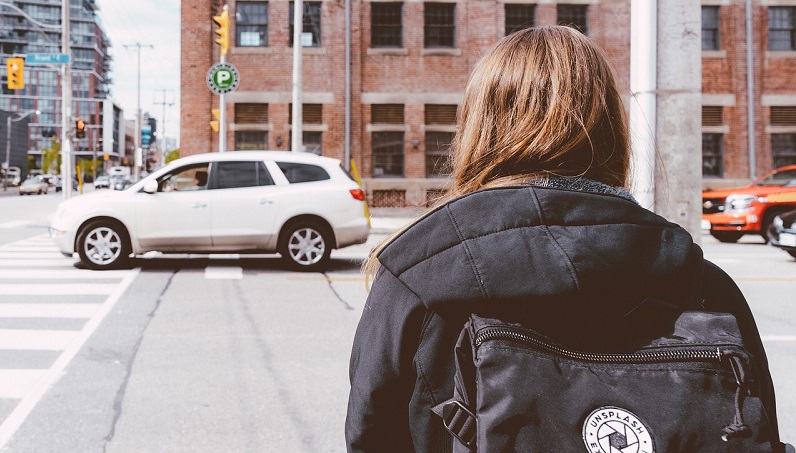To a large degree, your Use (and your posture) is a habit.
Habit is a pattern of behavior (or reaction) triggered by a cue.
As a human, you are a reactive being. Basically, you go through life reacting to your world.
This is a good thing. Being a reactive being means that when you step off the sidewalk to cross the street and a car suddenly appears you react (typically by stopping). I think you would agree is this is a good thing. Otherwise, you wouldn’t be long for this world!
That a lot of your habitual reactions are just that, habitual, is also a good thing. Habits are dealt with by lower levels of your brain. This allows you to not constantly be thinking about basic behaviors, such as how to tie your shoe, so you can devote mental energy to inventing things, solving problems, planning for your future, etc.
But…and of course, there is a but….we have developed a lot of habitual ways of reacting that play havoc with our Use (and posture).
What you see as your physical posture is to a large extent a manifestation of how you have habitually reacted to your world over time.
An important concept to grasp as you explore your habitual patterns of Use (and posture) and how to change them is that you can have choice in how you react to a particular cue.
Starting to recognize a specific cue and your unique reaction to that cue is the first step in making change. Once you recognize the cue you can decide to explore a different reaction. Let me give you an example:
Over the years I have worked with a number of therapists. Therapists typically meet with their clients one on one, usually sitting across from each other. The client sitting across from the therapist is a cue for the therapist’s listening reaction to kick in.
A lot of the therapists I see have developed a habit of reacting to the client by subtly leaning forward, rounding (compressing) their spines, and pulling the head back and down—all in an attempt to listen to their client.
And it adds up because they spend many hours a day in this typical reaction pattern. They wonder why they have rounded shoulders and a tight neck.
When they look at the situation as an example of how they are reacting to a cue (the client) and are introduced to the fact that they can have a choice in how they react some change can take place.
They might realize that they can (literally) come up and back away from the client a bit, finding the back of their chair (and maybe placing a large pillow behind it to support them).
It might feel wrong at first because it is not their typical pattern of Use in this situation. They may feel they are not showing the client adequately that they are listening or even care. What they must realize is that they are just experiencing a different reaction. Simply because it is not familiar it may register as “wrong”.
So instead of teaching a student to sit up straight I help them understand that they can have more choice in how they react to their world. That way they can begin to find their own cues and experiment with making some conscious choices in their reactions.
Most of us feel like we go through our day making a ton of well-considered decisions, when in fact they are habits. One habit may not account for much, but added up over time have enormous impacts on our health, productivity, Use (and posture!)
Photo of crosswalk Image by StockSnap from Pixabay ; photo of woman listening courtesy of David Castillo Dominici at FreeDigitalPhotos.net




